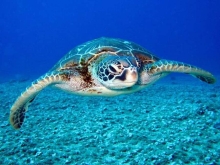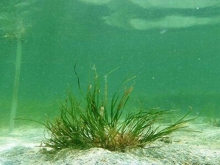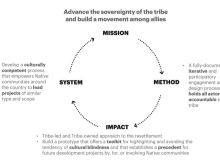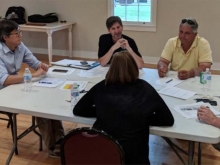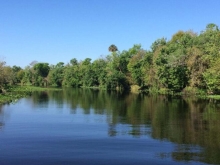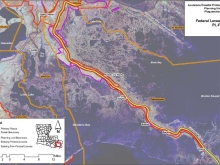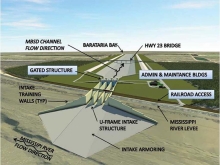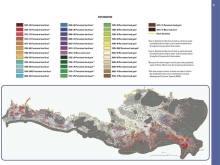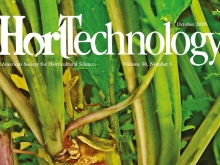Something Old And Something New: Adaptive Reuse Reinvigorates Urban Neighborhoods
With new construction in the works on practically every corner in booming American metropolises, the reigning philosophy of urban development seems to be "out with the old and in with the new." But is this constant race towards bigger, better, and shinier projects really beneficial to city residents and visitors?

